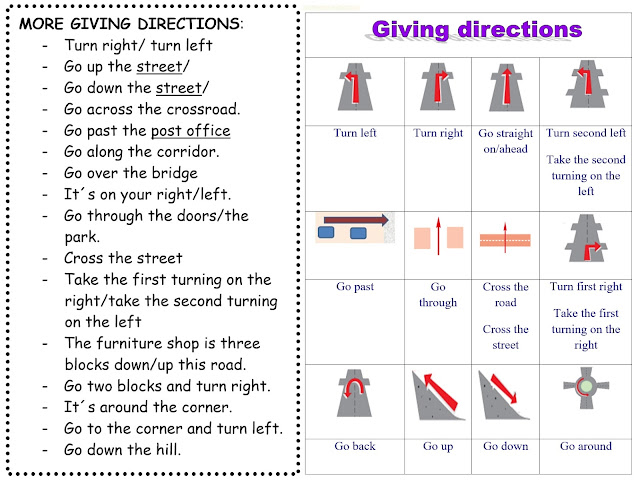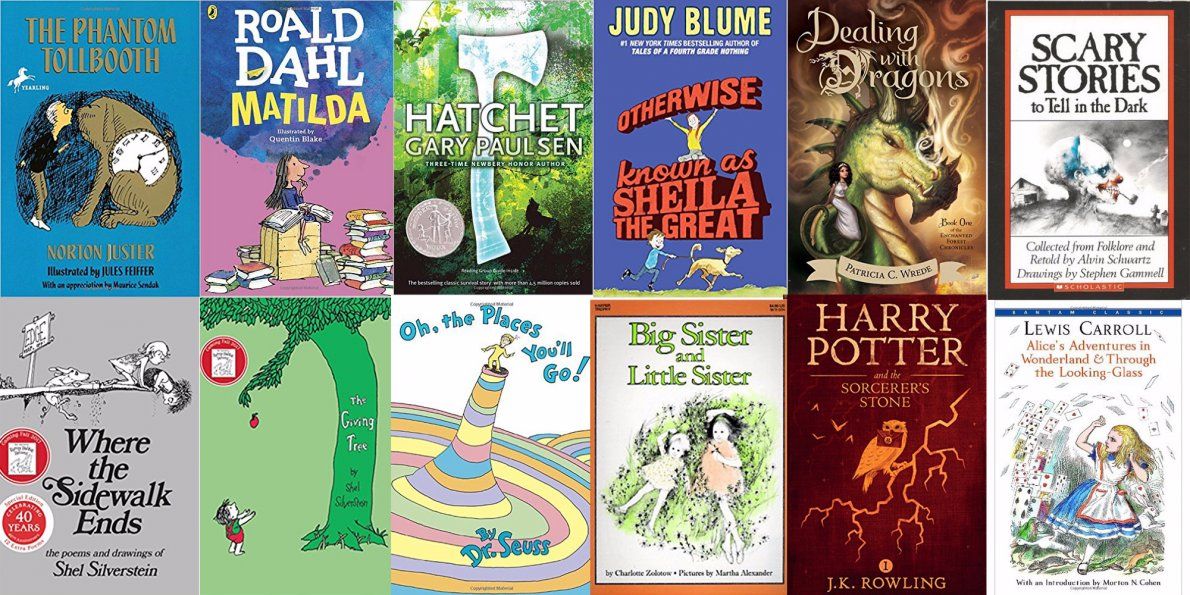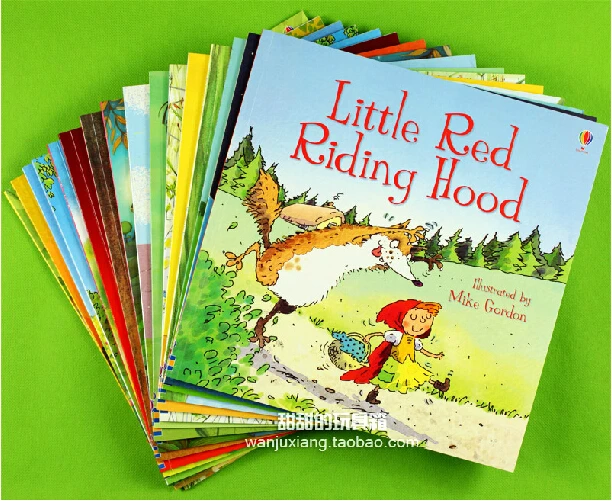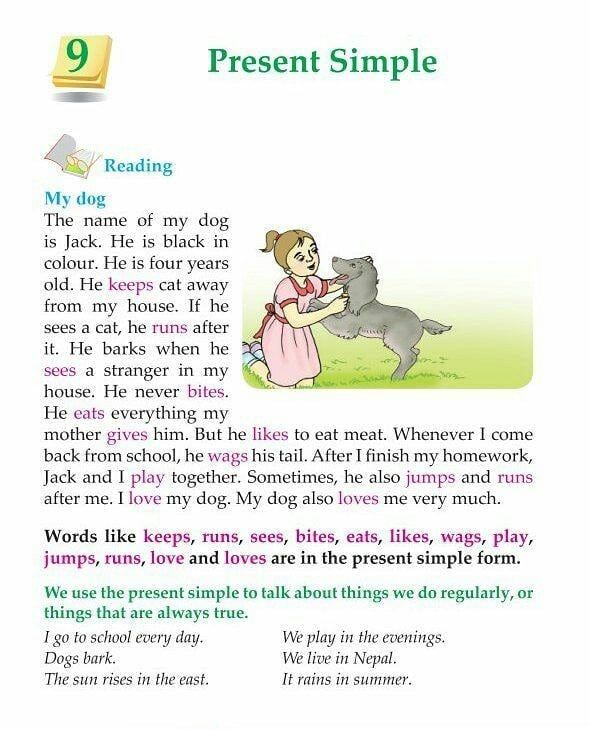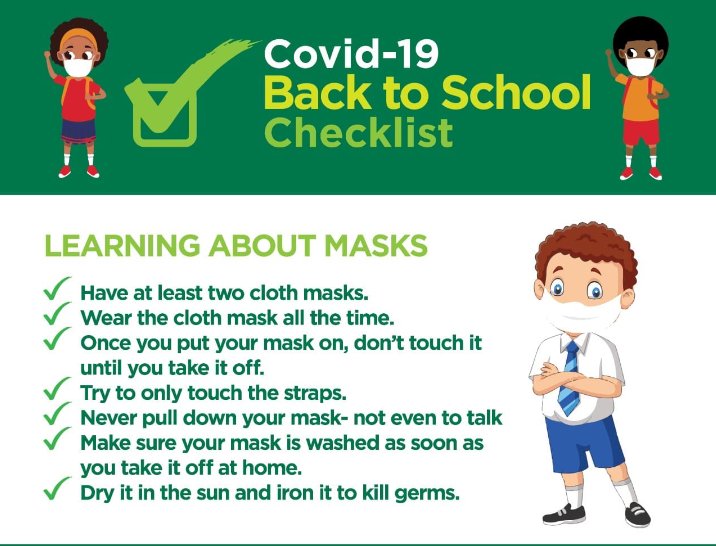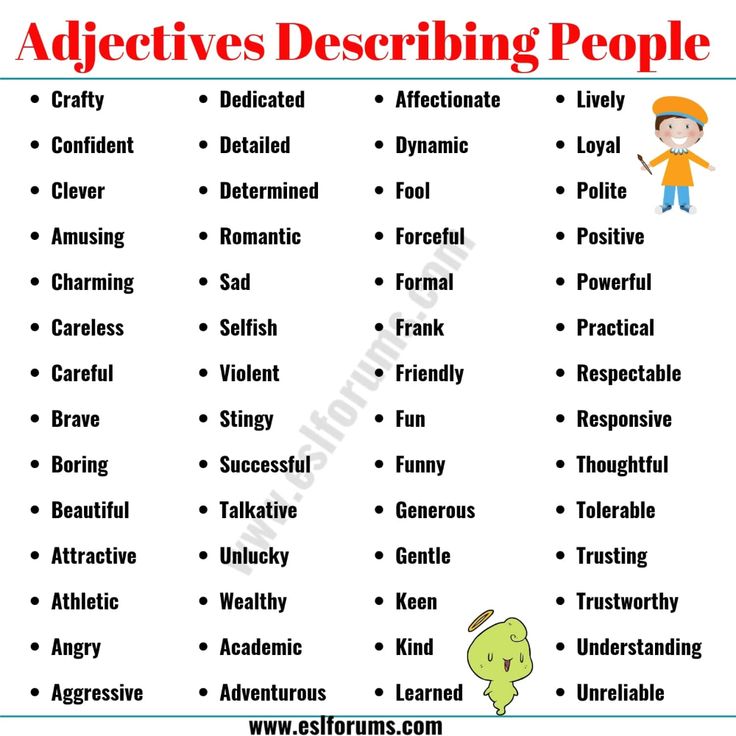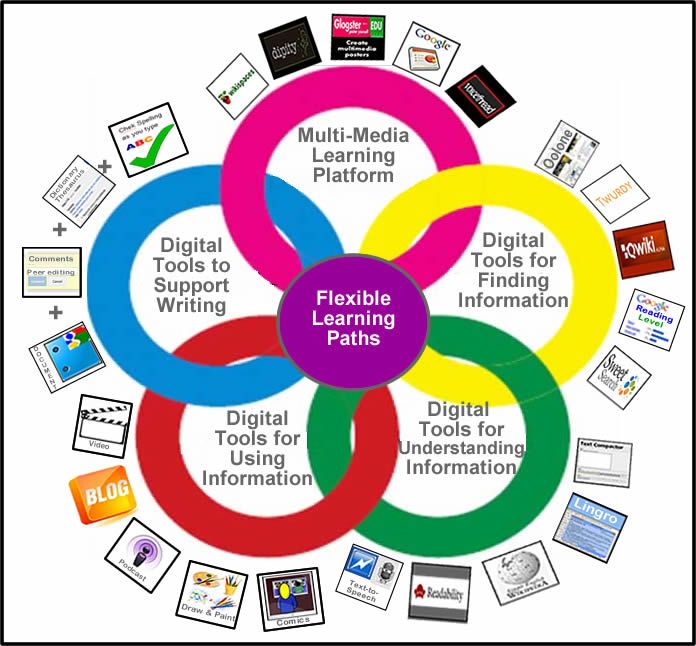Following directions for preschoolers
10 Tips to Help Kids Follow Directions
Some kids with learning and thinking differences have trouble following directions. Here are 10 ideas for helping your child improve.
1. Ask for your child’s attention.
Giving directions when your child isn’t focused on you could set both of you up for failure. Ask for your child’s attention by saying, “Look toward me, please. I need you to listen now.” Some kids have a difficult time with the nonverbal aspects of language. Asking your child to look toward you, instead of looking you in the eye, takes that into account. You can make it easier by moving into your child’s line of sight.
2. Minimize distractions.
Once you have your child’s attention, you want to keep it. It can be hard for kids to hear and follow directions while they’re playing video games or when the TV is on in the background. Minimize any distractions before giving directions. Turn off the TV. Ask your child to put down the game or book.
Make sure your child is looking toward you.
You can model this behavior by giving your child your full attention when giving instructions. That also shows your child that what you’re saying is important.
3. Speak quietly.
It may be tempting to speak louder or speak over your child when there is something you need to say or get done. But you may capture your child’s attention better by speaking in a softer voice. Give directions in a calm, even tone. Kids may be able to focus more easily on the substance of what you have to say when they don’t have to process the tone and the volume, too.
4. Use “wait time.”
Teachers often use “wait time.” So do educational TV shows for kids. “Wait time” is that three- to seven-second pause after you say something or ask a question. Research shows that kids process better what you have to say — and respond to it appropriately — when they let it sink in.
Your child still may not follow directions or answer your question after that pause.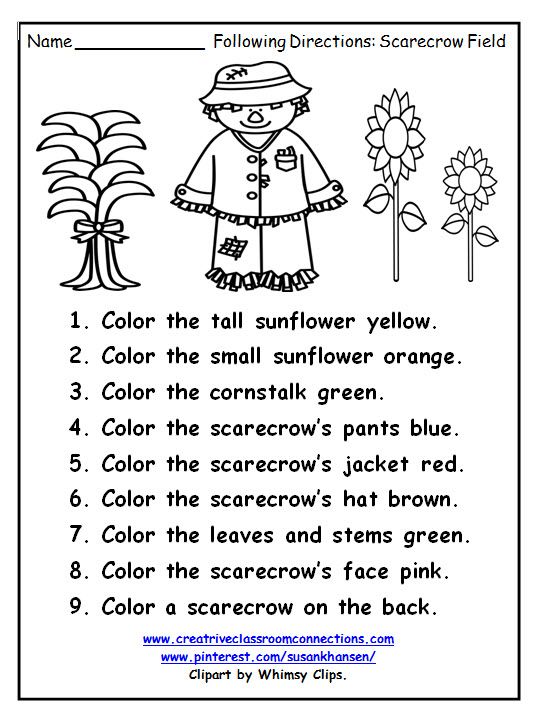 If so, it’s OK to repeat what you said.
If so, it’s OK to repeat what you said.
5. Check for understanding.
Checking for understanding goes hand in hand with giving your child some “wait time.” Ask your child to repeat your directions back to you. It’s also helpful to ask kids to explain your directions in their own words. It gives them a chance to ask questions. It also gives you a chance to clarify what you said in case your child misunderstood anything.
6. Tell, don’t ask.
Many parents phrase directions as questions, such as, “Would you set the table, please?” Kids may think they have a choice about following directions. Rephrase what you said so that you are telling your child what to do instead of asking: “Set the table, please.”
7. Give instructions one at a time.
Younger kids with learning and thinking differences may have trouble following a sequence of steps. You may say, “Please set the table, wash your hands, and tell your sister it’s time to eat.” Your child, however, might get stuck after setting the table.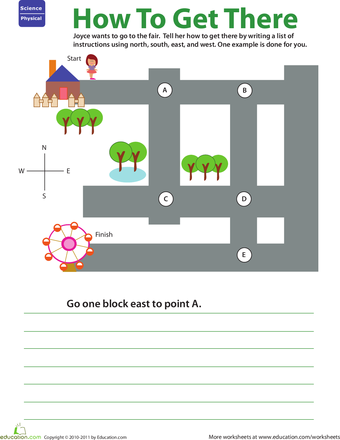 Give directions one at a time, when possible.
Give directions one at a time, when possible.
If you can’t break directions down into steps, try to group things together in ways that make sense. For example, “While you’re upstairs washing your hands, please tell your sister it’s time to eat.”
8. Number your directions.
Help your child follow multi-step directions by actually putting a number to them. Typically, people can hold up to four things in their at a time. This is easier to do when the things are connected or when there’s a way to make them more memorable.
Say things like “There are three things you need to do,” or use words like first, second, then, next, and last. That can help your child keep all the steps in mind — or at least remember that there was more to the directions.
9. Be precise in what you say.
Kids who have problems with planning and organization or language may have trouble with vague directions. You may think your child isn’t following the direction to “Please go clean your room.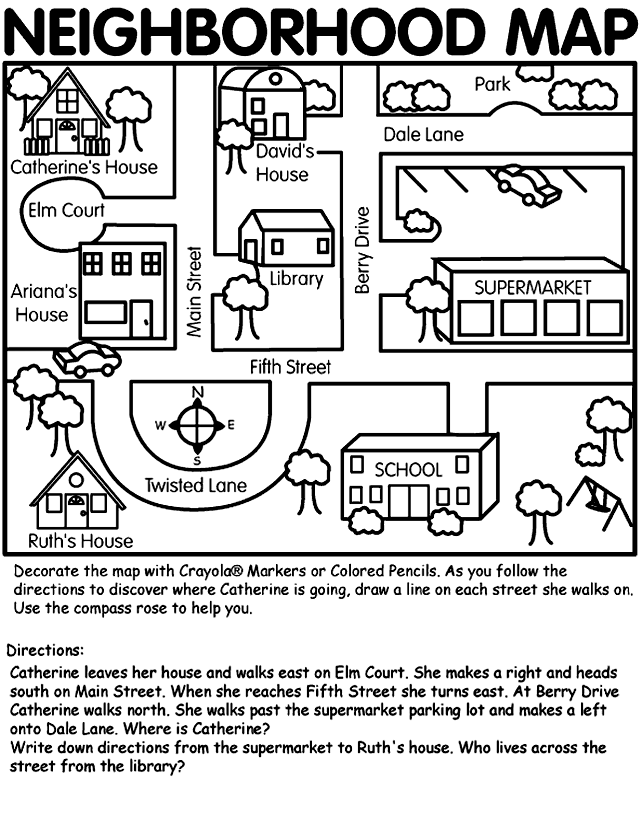 ” But sometimes kids are really having trouble figuring out how to get started.
” But sometimes kids are really having trouble figuring out how to get started.
Be specific. For example, you may get better results if you break the job into smaller tasks: “Please put your laundry away. Then pick up the trash from the floor. And then make your bed.”
10. Use visual cues.
Kids who have language processing issues can have a hard time following spoken directions. Consider using visual cues, too. For example, point out what needs to be cleaned. You can also demonstrate what you’re asking your child to do. For instance, “Please set the rest of the table the same way I’m setting this spot.”
Related topics
Following instructions
Strategies and tips
30 Fun 2 Step Directions for Preschoolers
- Share
“Put your slippers on and grab a spoon for your cereal.” Easy to do, right?
For adults and older kids, following directions that have two steps can be quite an effortless task.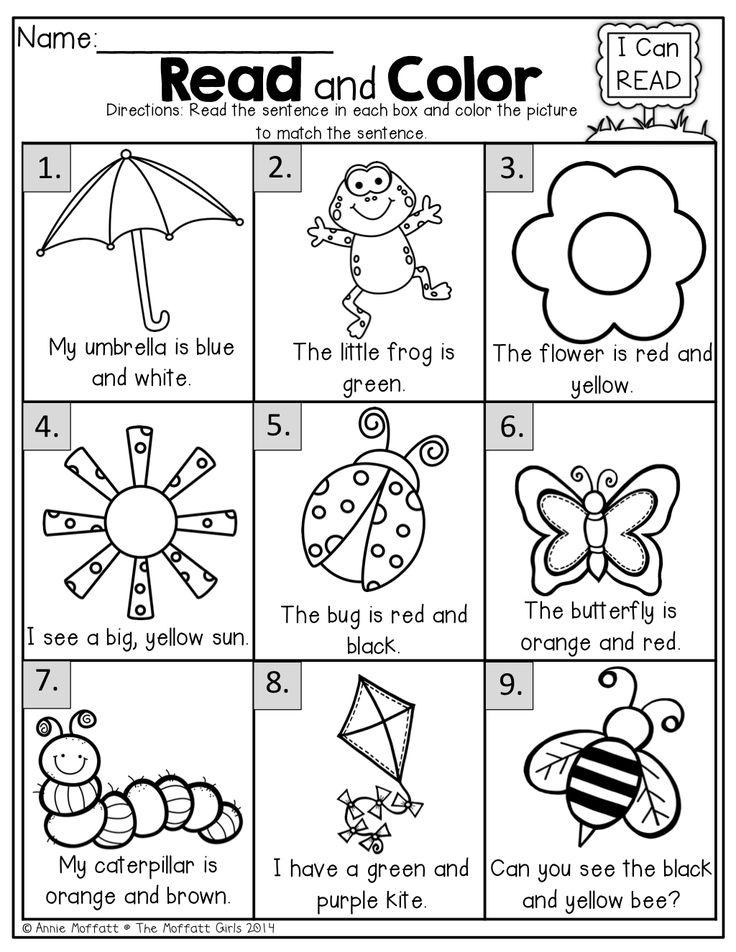 For toddlers and young preschoolers, following multiple directions is a skill that takes time and maturity.
For toddlers and young preschoolers, following multiple directions is a skill that takes time and maturity.
You can practise this skill in a fun way by using these 2 step directions for preschoolers.
What are Two Step Instructions?
Following directions that include two tasks is an important listening skill for children to learn. This helps them play games, follow instructions and procedures in the classroom and fit in socially with friends.
Being able to follow two-step instructions involves developing different types of skills.
Working memory is about holding onto information in order to use it. We want to be sure that kids can follow one-step directions effectively before moving ahead to giving them two steps to follow.
Auditory processing skills are also very important for enabling kids to follow directions they hear.
For example, auditory memory refers to when kids remember what they have heard, to use that information later.
Auditory closure helps them “fill in the blanks” when they have missed hearing the complete direction and auditory figure-ground aids kids in tuning out background noise to hear instructions. [source]
Speech therapy addresses not only how well children speak in words (expressive language) but also how well they understand what they hear (receptive language).
The receptive aspects of speech therapy are connected to auditory processing, and getting lots of practice in following directions is helpful to build those skills.
Verbal reasoning and vocabulary skills are also essential for children to comprehend your instructions. They must understand the words you are saying to be successful.
When Should a Child Follow 2 Step Directions?
At what age should a child start listening to and following one-to-two step directions?
At 24 months of age, many children can follow two or even three-step directions, especially those that are related, such as picking up two specific toys to put away on a shelf.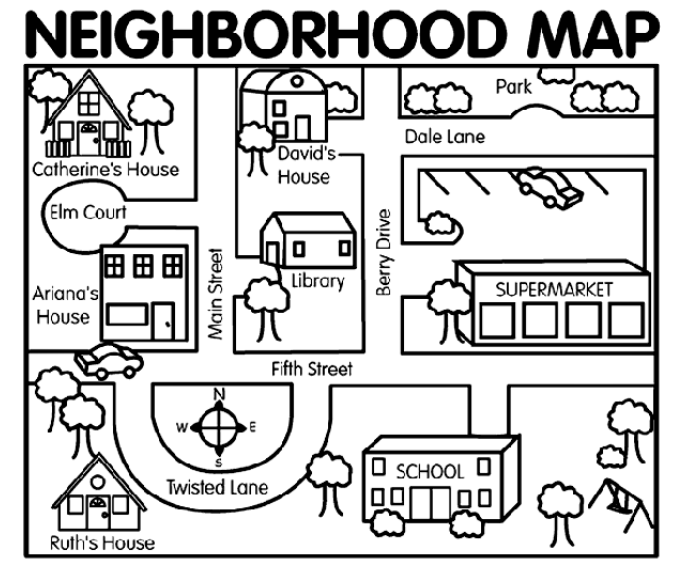
Although they can do this, research shows they choose to follow through only about half the time.
At around age three, most kids effectively follow two-step directions.
So then, when should a child follow 3 step directions?
Four-year-old children are usually able to follow through on three-step instructions, especially those that are given in a logical order.
[source]
How do I Teach My Child to Follow Multi-Step Directions?
It’s important to talk to your children often, giving voice to your own thought process as you move through your day. Verbalize what you observe about your child’s movements throughout the day, as well.
Read to your children, pointing to illustrations, and urging them to name objects.
How do you teach following instructions?
Listening skills in early childhood are very important and must be practised. Here are some tips:
- When giving your child instructions, state them clearly, in simple language, and give your child enough time to respond.
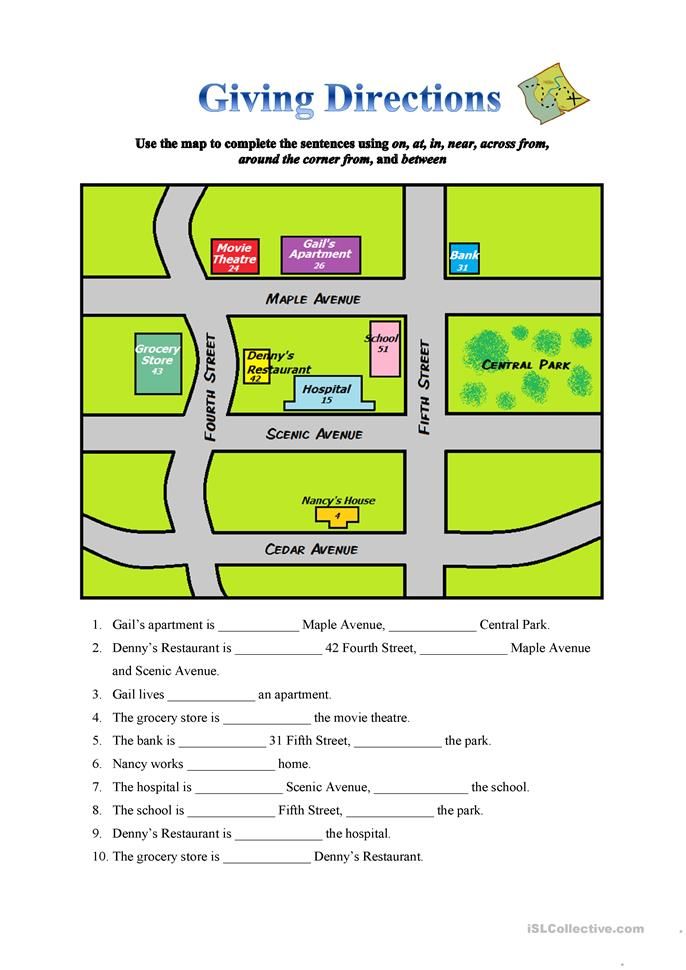
- Look at them when giving directions, and make sure they are looking at you.
- Restate or clarify if your child has not followed through on the instructions given.
- Model the correct actions, if necessary.
- Praise your child when they follow through on a single instruction and they will eventually build the ability to follow multiple part instructions.
- Don’t start giving 3 step directions until your child has mastered 2 instructions.
A list of 2 Step Directions for Preschoolers
Some of the following examples include 2 step directions with prepositions or spatial concepts, such as “on,” “under”, and “over.”
These types of words address the relationships between objects or between objects and individuals and can help teach positional language.
Make a game out of requesting that your children complete two actions. You can also make it fun by using these directions in familiar games that require giving directions, such as “Simon Says” or “Follow the Leader.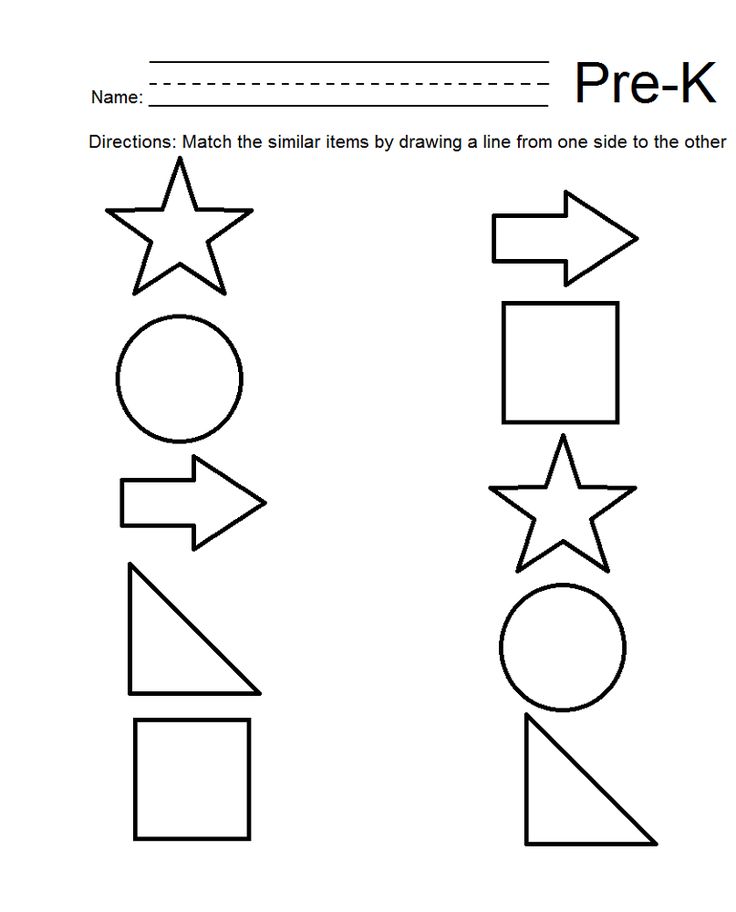 ”
”
You could also play “Broken Telephone,” to see if the last person who hears the directions can follow through successfully.
Another fun game is Listen and Draw. Give multiple directions that your child must follow to draw the picture you describe.
[source]
Here is a list of instructions suitable for preschoolers:
1. Sit down on the floor and close your eyes.
2. Touch your head and turn in a circle.
3. Stand up and pretend to be frozen.
4. Bounce the ball and say your name.
5. Do a jumping jack and then sit on the chair.
6. Hop on one foot and smile.
7. Place the teddy bear under the table and sit on the chair.
8. Walk along the fence and sit on the swing.
9. Reach your hands over your head and clap your hands.
10. Stand next to Grandma/Grandpa and hold onto their hand.
11. Draw a yellow sun above the green grass.
12. Draw blue water next to a brown beach.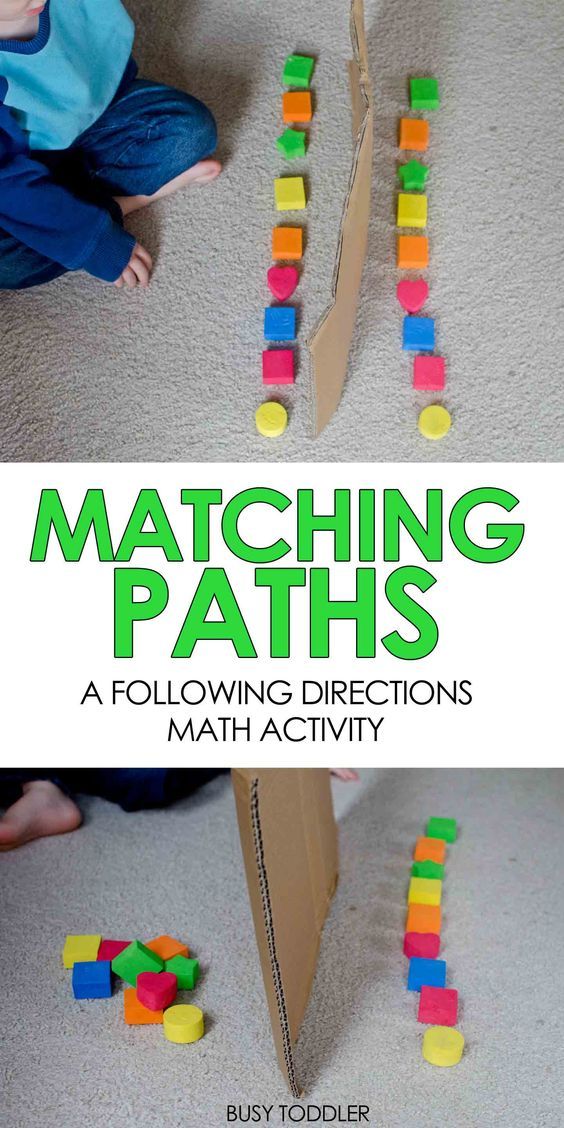
13. Touch your toes and then spin around in a circle.
14. Wash your face with this cloth and comb your hair.
15. Spread peanut butter on one slice of bread and place the other slice on top.
16. Pull your blanket up on the bed and arrange your stuffed animals.
17. Take a book out of your bag and set it on the table.
18. Lie down next to Mom/Dad and close your eyes.
19. Take off your mittens and hang them up to dry.
20. Point to your eyes and say your name.
21. Point to your lips and smack them together.
22. Turn off the TV and place the remote on the coffee table.
23. Stomp your feet and say, “I’m a dinosaur!”
24. Choose a book from your shelf and read it to your doll.
25. Cover your eyes and say, “Boo!”
26. Turn around in a circle and then sit down on the grass.
27. Wave goodbye to me and walk to the door.
28. Climb up the steps and then walk back down.
29.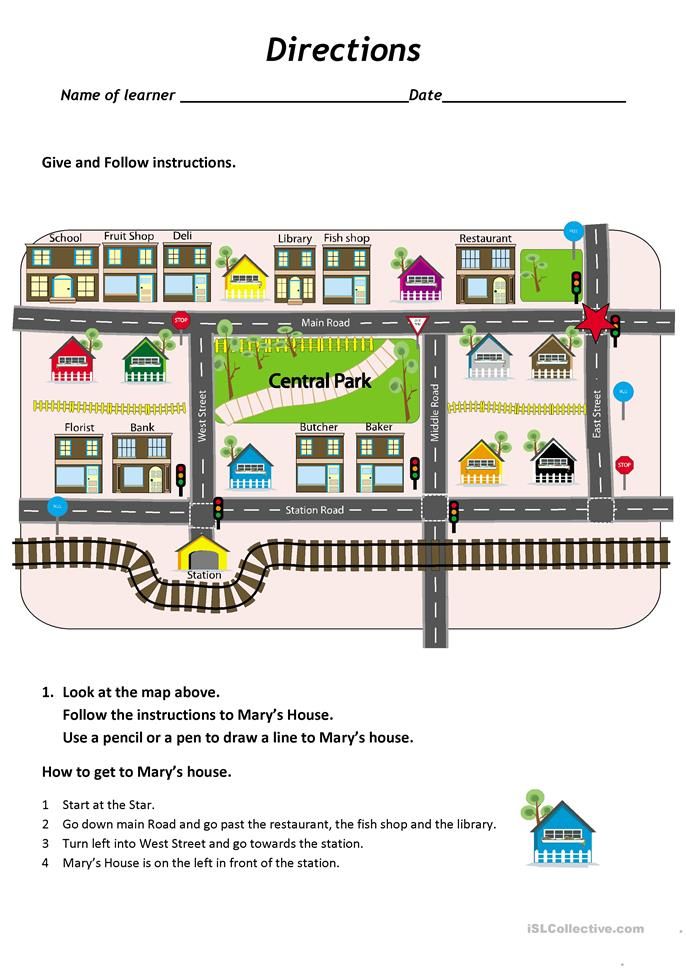 Fetch your school bag and put your lunch box inside it.
Fetch your school bag and put your lunch box inside it.
30. Wash your hands for dinner and come back to sit on a chair at the table.
These are just a jumping-off place to start your mind working! Involve your children and challenge them to make up their own directions and ask you to follow them!
Check out these other listening activities for kids to get even more practice!
Get FREE access to Printable Puzzles, Stories, Activity Packs and more!
Join Empowered Parents + and you’ll receive a downloadable set of printable puzzles, games and short stories, as well as the Learning Through Play Activity Pack which includes an entire year of activities for 3 to 6-year-olds.
Access is free forever.
Signing up for a free Grow account is fast and easy and will allow you to bookmark articles to read later, on this website as well as many websites worldwide that use Grow.
- Share
15 Effective Tips for Raising Preschoolers - Child Development
Preschoolers are energetic, restless and curious.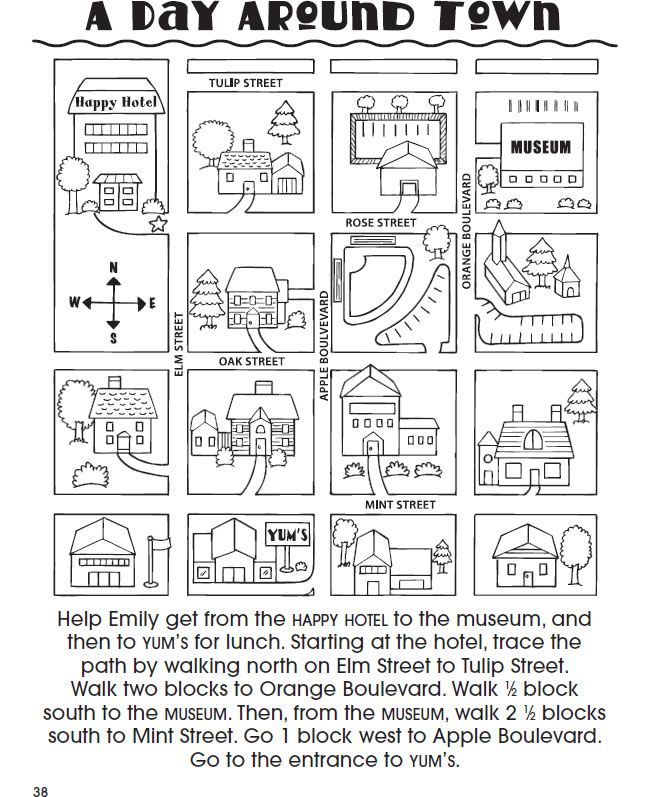 And it constantly keeps parents in suspense. Preschool is the stage when children learn a lot about the world around them and acquire new skills. It sounds great, but all parents of preschoolers know how difficult it is to deal with their irrepressible energy.
And it constantly keeps parents in suspense. Preschool is the stage when children learn a lot about the world around them and acquire new skills. It sounds great, but all parents of preschoolers know how difficult it is to deal with their irrepressible energy.
Let's look at some tips for raising preschoolers.
1. Develop your child's communication skills
The communication skills of preschoolers are very important. The better they are developed, the better the child can get along with other children and caregivers when going to kindergarten.
2. Teach your child to be a good listener
Parents know well how difficult it is to deal with a preschooler when he is naughty. However, in kindergarten, he will have to take part in various activities: sing, draw, listen to the explanations of the teacher, etc. All this will require perseverance and concentration from him. If you teach him to be a good listener, it will help him to actively participate in all activities in kindergarten. nine0003
nine0003
3. Encourage teamwork
When a child enters kindergarten, they will spend most of their time each day with other children and caregivers, engaging in various group activities, etc. This requires teamwork skills. You can develop this skill in your child by playing games with him at home.
4. Teach your child to follow instructions
As children, we learn new things by following instructions and directions. However, it can be difficult for a child if they don't know how to follow directions. In kindergarten, the child receives instructions from the teacher, taking part in various activities, often games. nine0003
Teach your child how to follow instructions by playing games with them. Give him fun tasks and do them together with your child.
5. Teach your child how to work with stationery
In kindergarten, your child spends a lot of time in activities that require the use of objects such as pencils, markers, scissors, plasticine, glue, etc.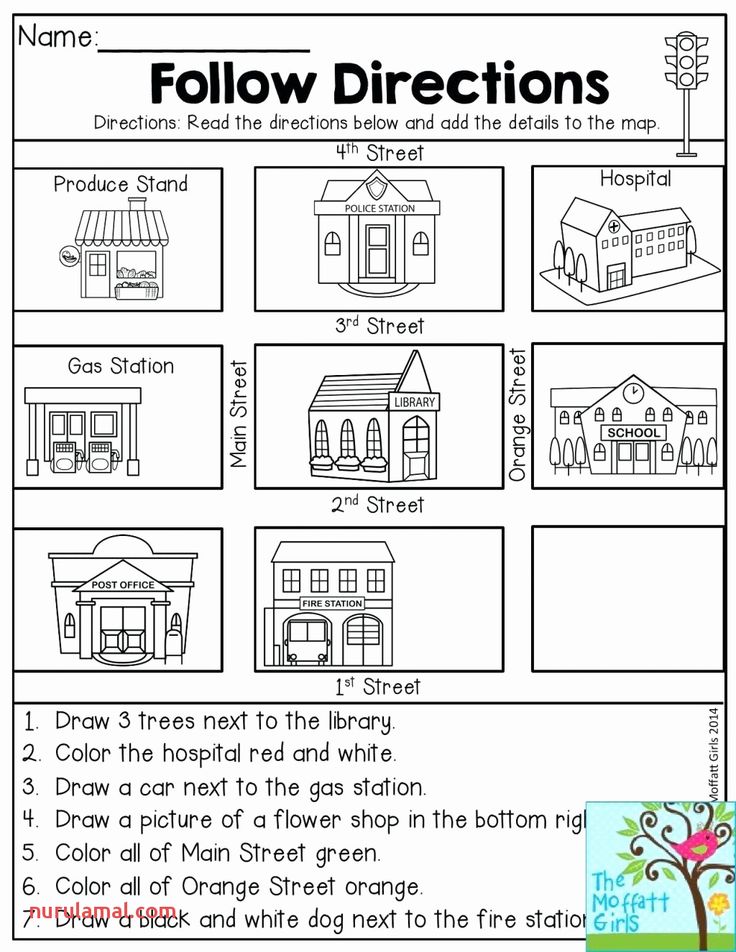 You can help your child learn properly handle such items. Encourage your child to draw and write. You can teach him to write letters, numbers, etc.
You can help your child learn properly handle such items. Encourage your child to draw and write. You can teach him to write letters, numbers, etc.
6. Encourage your child to be more independent
Parents often clean up toys and dishes after meals at home. However, when a child goes to kindergarten, parents cannot be near him.
Encourage your child to be independent. Teach him to wash his hands on his own, wipe his nose or mouth, etc. If the child is able to perform such simple actions, this forms in him a sense of responsibility and independence. As he gets older, this will be very helpful. nine0003
7. Set a routine
It is very important to set a routine for your child. Give him time to play, eat, sleep, and do other activities. Not only will this teach your child discipline, but it will also help you manage your time more effectively. Another advantage is that after this you will not need to remind the child every time to eat or go to bed on time.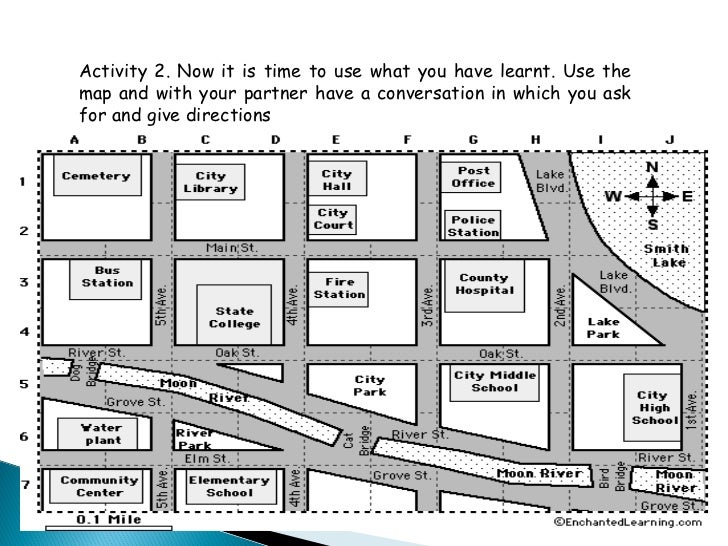
8. Try not to be too hard on your child
Discipline should not be confused with strictness. If you treat a child too harshly, he often becomes stubborn. Instead, talk to your child in a friendly way, gaining his trust so that he can communicate with you without fear. It will also strengthen your emotional connection with him.
9. Do not give in to the tantrums of the child
Without being too strict, you should not be too soft towards the child. Find balance in your relationship with your child. If your child has a tantrum, don't ignore it. If the child's tantrum is caused by something specific, switch his attention to something else. The best thing you can do in such cases is to determine the cause of this behavior. Perhaps the child is hungry, has not slept well, or is tired. nine0003
10. Don't treat a child the same as an adult
Some parents expect too much from their child. Try to understand that the child is still learning and developing, that he is still a child.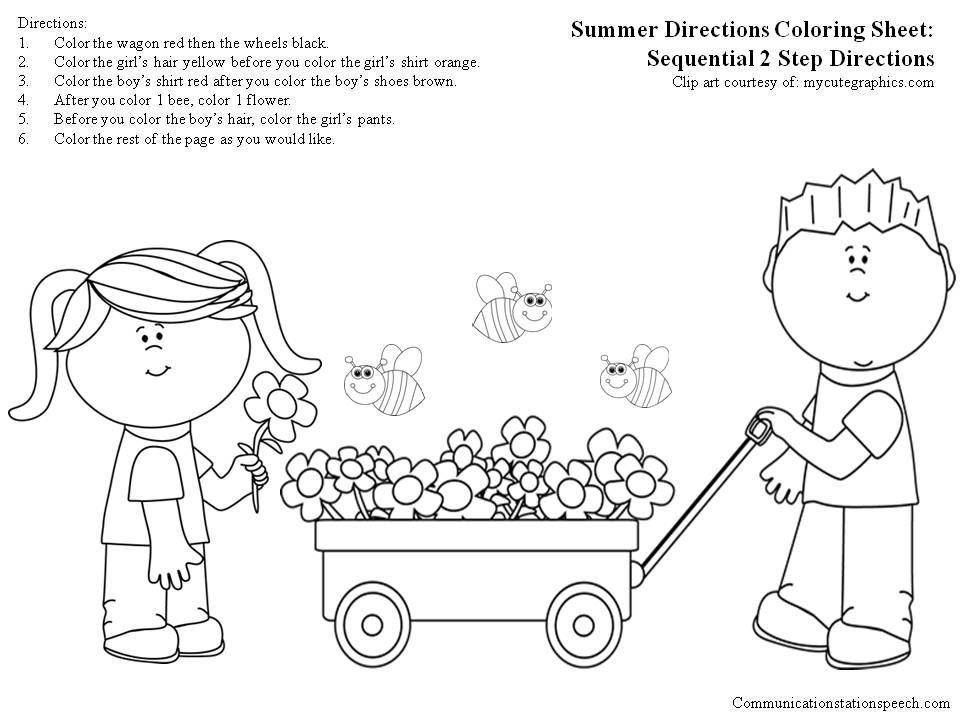 Don't expect your child to understand everything you say right away.
Don't expect your child to understand everything you say right away.
Be patient and let your child learn and develop at their own pace. Encourage him to learn and put in the effort to achieve his goals. Be interested in what interests and motivates the child. Be creative when you give your child tasks. Make sure it's enjoyable for both of you, and not just a chore to be done. nine0003
11. Don't be the parent who always says " no"
Raising a child can be difficult, but there are ways to do it. Try not to overuse the word "no" with your child. A child's heart is quite sensitive, and he may feel unloved if you often refuse him. Moreover, the child may rebel. Try to talk to the child at his level; if you still need to refuse him, explain the reason. nine0003
12. Praise your child for good behavior
Praise your child for doing something well. This is a positive reinforcement for him. On the other hand, if the child is misbehaving, point it out to him.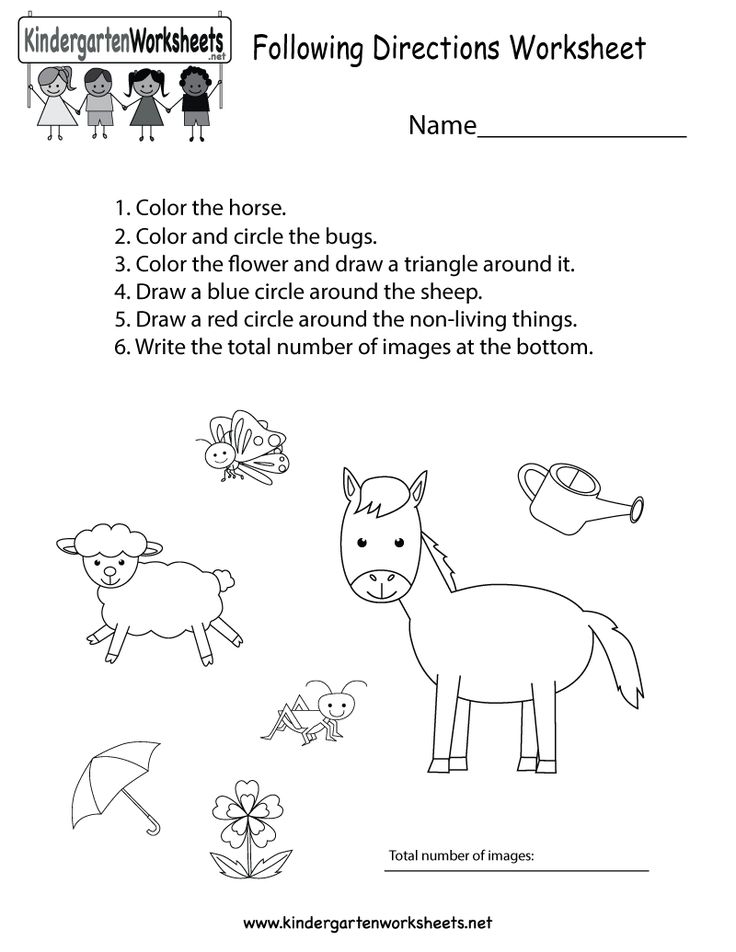 So the child will understand that bad deeds always have consequences for him.
So the child will understand that bad deeds always have consequences for him.
13. Don't expect too much from your child
Every child is different and learns at their own pace. Of course, as a parent, you will have certain expectations of him. However, it is also important to understand your child's abilities and accept them. Do not demand too much from the child - remember that he is still a child. Create a balanced schedule for your child that is convenient for him. nine0003
14. Set a good example for your child
Your child spends most of his or her time with you. How you behave, what and how you do - all this affects their development. Be a role model for your child so that he can learn something good from you.
15. Build strong bonds
Raising a child can be challenging. But for both children and parents, this is a developmental stage. It is important for parents to engage in fun activities with their child.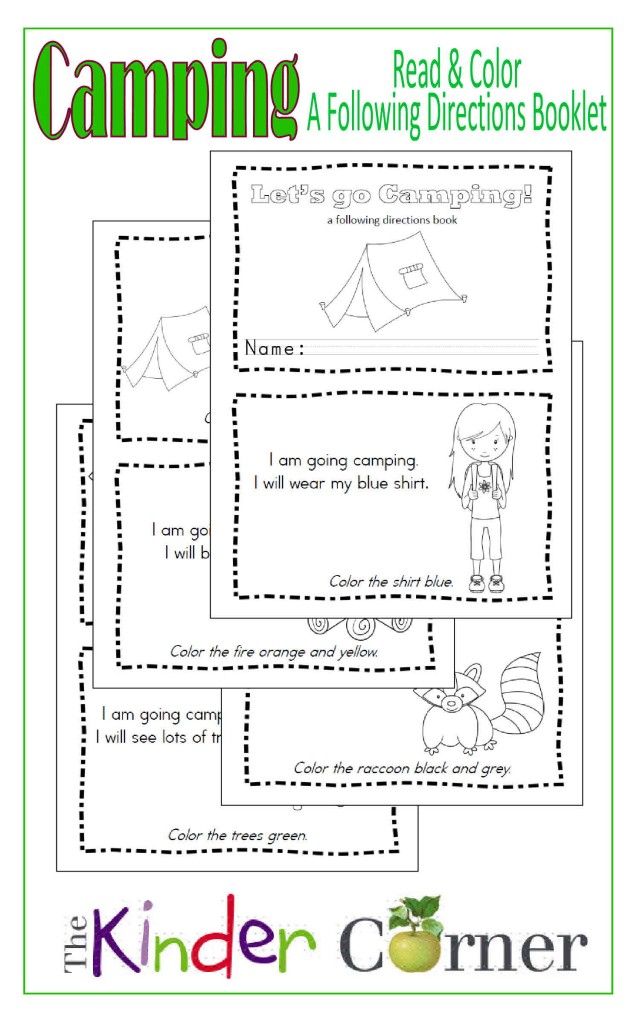 Working together will help you build trust and a strong emotional bond with your child. You must be parents for your child and at the same time friends on whom he can always rely. nine0003
Working together will help you build trust and a strong emotional bond with your child. You must be parents for your child and at the same time friends on whom he can always rely. nine0003
Mistakes parents make in raising their children
All parents want the best for their children. However, sometimes the good intentions of the parents backfire or demotivate the child. Let's look at some common mistakes and tips that will help parents avoid them.
1. Bad example
Little children imitate their parents in everything. For them, you are an example in everything. If you want to instill good habits in your child, change yourself first. You should not expect your child to start eating healthy food if you eat fast food yourself. A good example will be of great benefit to the child. nine0003
2. Agreeing with the child on everything
Parents of preschoolers often love their child so much that they cannot say “no” to them. However, one cannot always and in everything agree with him. Don't let your child manipulate you. When you need to say "no", say it clearly. Explain your refusal to your child.
However, one cannot always and in everything agree with him. Don't let your child manipulate you. When you need to say "no", say it clearly. Explain your refusal to your child.
3. Overprotectiveness
It is only natural for parents to protect their children. But excessive guardianship hinders their growth and development. The child relies too much on you for almost everything. nine0003
Encourage your preschooler to do what he or she can do independently. For example, if a child stumbles and falls while walking, do not rush to help him. Let him learn to stand up on his own.
4. Bribing
Parents often bribe their children with sweets or toys when they need the child to do something. However, this only solves the problem for a short time. For example, if you offer a child a piece of cake in exchange for eating vegetables, this will not teach him to eat healthy. Moreover, the child may begin to dislike vegetables even more.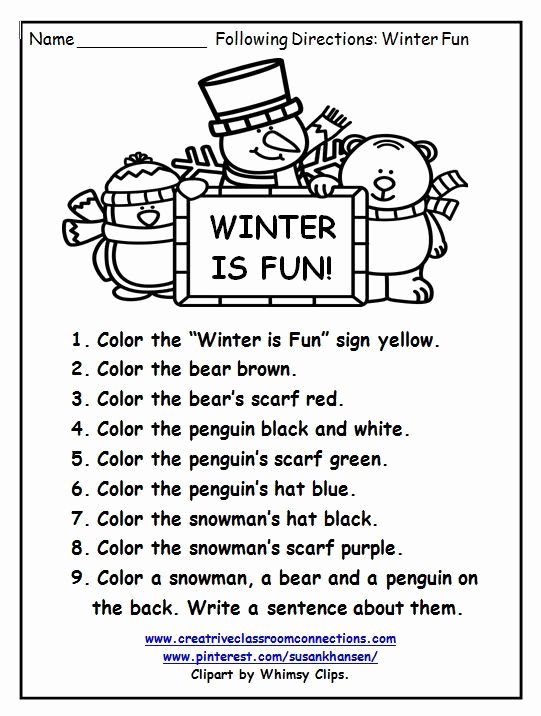 nine0003
nine0003
5. Comparison with siblings
Parents often forget that every child is unique in their own way. Don't compare your child to his siblings. This behavior will discourage him and make him feel unloved. Because of this, the child may develop hatred for brothers or sisters.
Raising a preschooler is a difficult task, but it can also be a lot of fun. You will witness many important events in your child's life. Make sure you don't force your ideas on the child. Instead, explore what motivates and interests him. Communicate with him in a friendly way. nine0003
Physical activity of preschoolers | Interactive education
To ensure an integrated approach to protecting and improving the health of pupils, required by the Federal State Educational Standard, and following one of the main annual tasks for working in our preschool educational institution, various types of modern health-saving technologies are used:
- medical and preventive;
- sports and recreation;
- valeological education of parents;
- health education for children.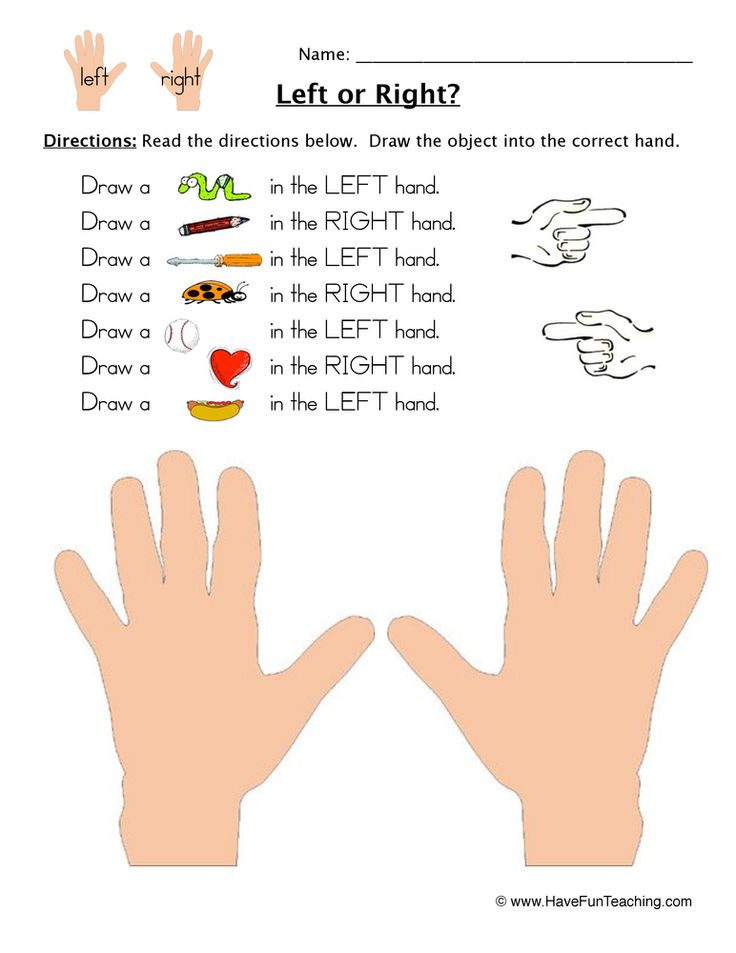 nine0003
nine0003
Particular attention is paid to outdoor walks.
When planning a walk, I always try to take into account all the structural parts so that they do not act as separate events, but mutually complement and deepen each other. I pay special attention to outdoor games. They activate the movements of children, enrich them with new vivid impressions. In outdoor games, the ability of each child to listen carefully to the speech of an adult, to fulfill his requirements, to coordinate his actions with the actions of his comrades is consolidated. If it is cold and damp outside, then I organize such a game right away in order to raise the emotional tone of the children, set them up in a cheerful mood. If the children began to play on their own with pleasure, then I spend an outdoor game at the end of the walk, when the children's interest is significantly reduced. I prepare bright attributes for each outdoor game. These can be emblems on ribbons, various hats of birds, animals, large soft expressive plot toys.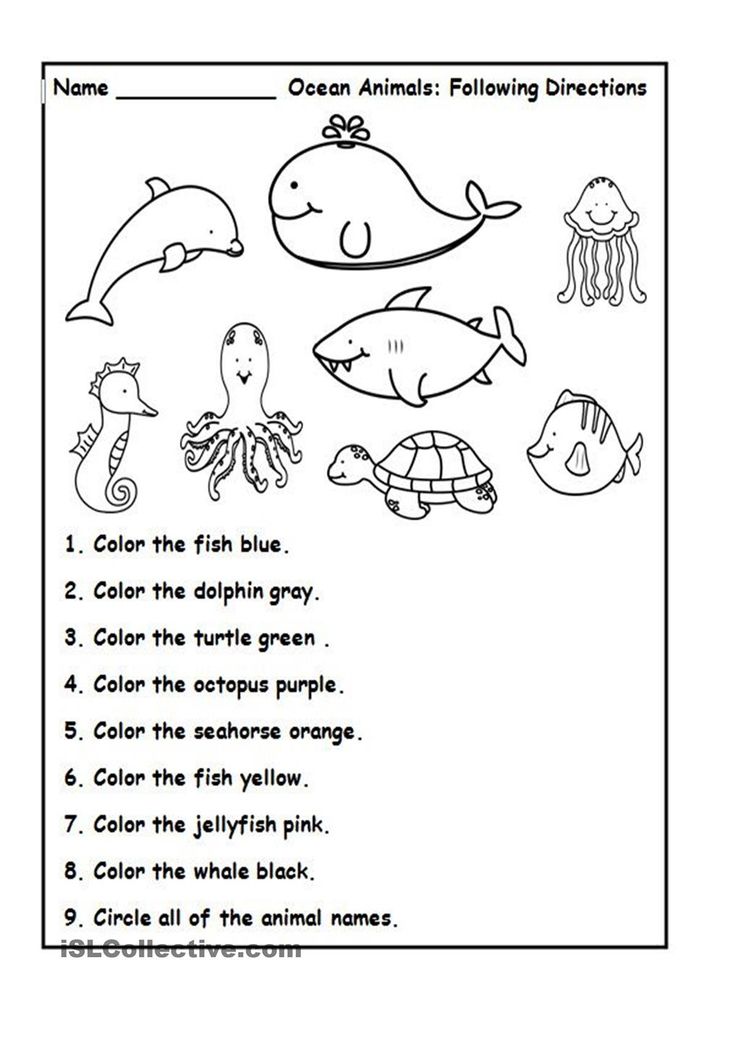 The duration of each game is no more than 10 minutes. nine0003
The duration of each game is no more than 10 minutes. nine0003
The timing and exercise of the walk depends on previous group work. If a physical education or music lesson was held in the first half of the day, then I spend outdoor games in the middle or end of the walk, and at the very beginning of it, the children play on their own. On the rest of the days I organize the motor activity of children at the beginning of the walk, which allows enriching the content of their independent activity. On the days of physical education classes with children, I spend one outdoor game and some physical exercise (sports exercise or exercise in the main type of movement). On other days when the lesson is not held, I plan an outdoor game, a sports exercise and an exercise in the main type of movement (jumping, climbing, throwing, throwing and catching a ball, etc.) When conducting exercises, basic types of movements, different methods of organization are used (frontal, subgroup, individual). The most appropriate is the mixed use of different methods of organization.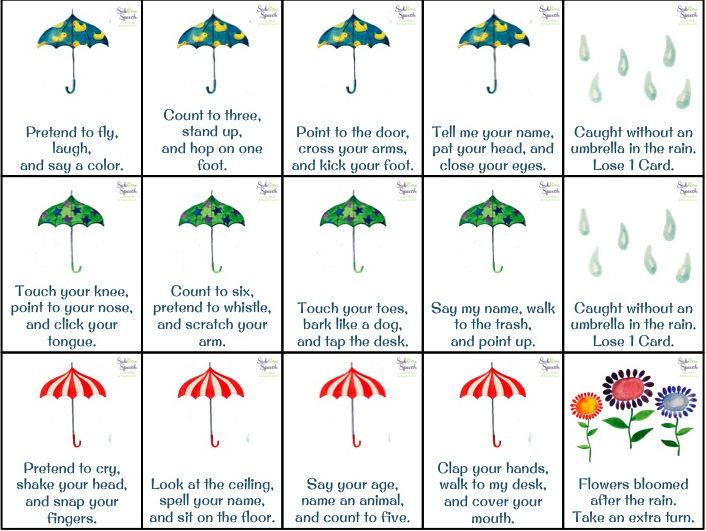 For example, the use of a subgroup method of organization is most important when combining the process of learning and improving motor skills. At the same time, one group of children masters a new type of movement under my guidance, while other children independently practice well-known movements. Due to the peculiarities of performing some movements (climbing the gymnastic ladder, balance exercises, long jumps and high jumps with a run), flow and individual methods are used. The combination of different ways of organizing significantly increases the effectiveness of games and exercises during a walk. For example, a climbing exercise is performed by children in turn, and an exercise with balls is performed frontally, that is, by all children at the same time. It is advisable to organize the exercises of children in the main types of movements into subgroups, depending on the degree of mobility of children. Each subgroup has its own task. nine0003
For example, the use of a subgroup method of organization is most important when combining the process of learning and improving motor skills. At the same time, one group of children masters a new type of movement under my guidance, while other children independently practice well-known movements. Due to the peculiarities of performing some movements (climbing the gymnastic ladder, balance exercises, long jumps and high jumps with a run), flow and individual methods are used. The combination of different ways of organizing significantly increases the effectiveness of games and exercises during a walk. For example, a climbing exercise is performed by children in turn, and an exercise with balls is performed frontally, that is, by all children at the same time. It is advisable to organize the exercises of children in the main types of movements into subgroups, depending on the degree of mobility of children. Each subgroup has its own task. nine0003
When organizing well-known games, children themselves can remember and tell the content of the game, the rules.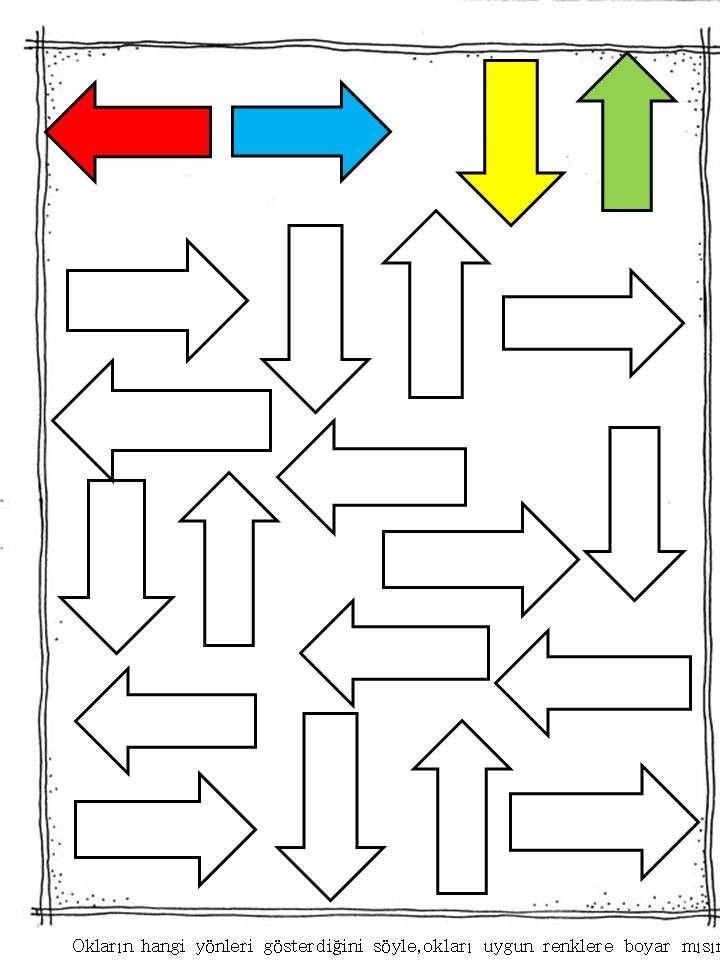 When learning a new outdoor game, a clear, concise explanation of its content is necessary. Individual elements can be shown and even played. After the explanation, it is best to immediately proceed to the game and, as the game progresses, clarify what the children did not remember well enough. In outdoor games, the leading roles are played by the children themselves. When organizing games of a competitive nature, relay races, an important role belongs to us, adults, because we must help children divide into teams, selecting them taking into account the levels of mobility and physical fitness (it is necessary that both teams have approximately equal numbers of both children ). Summing up, evaluating the results, actions of children, their behavior in play activities is of great educational importance. nine0003
When learning a new outdoor game, a clear, concise explanation of its content is necessary. Individual elements can be shown and even played. After the explanation, it is best to immediately proceed to the game and, as the game progresses, clarify what the children did not remember well enough. In outdoor games, the leading roles are played by the children themselves. When organizing games of a competitive nature, relay races, an important role belongs to us, adults, because we must help children divide into teams, selecting them taking into account the levels of mobility and physical fitness (it is necessary that both teams have approximately equal numbers of both children ). Summing up, evaluating the results, actions of children, their behavior in play activities is of great educational importance. nine0003
It is advisable to involve the children themselves in the discussion of the results of the game, they must be taught to evaluate their own behavior and the actions of their comrades.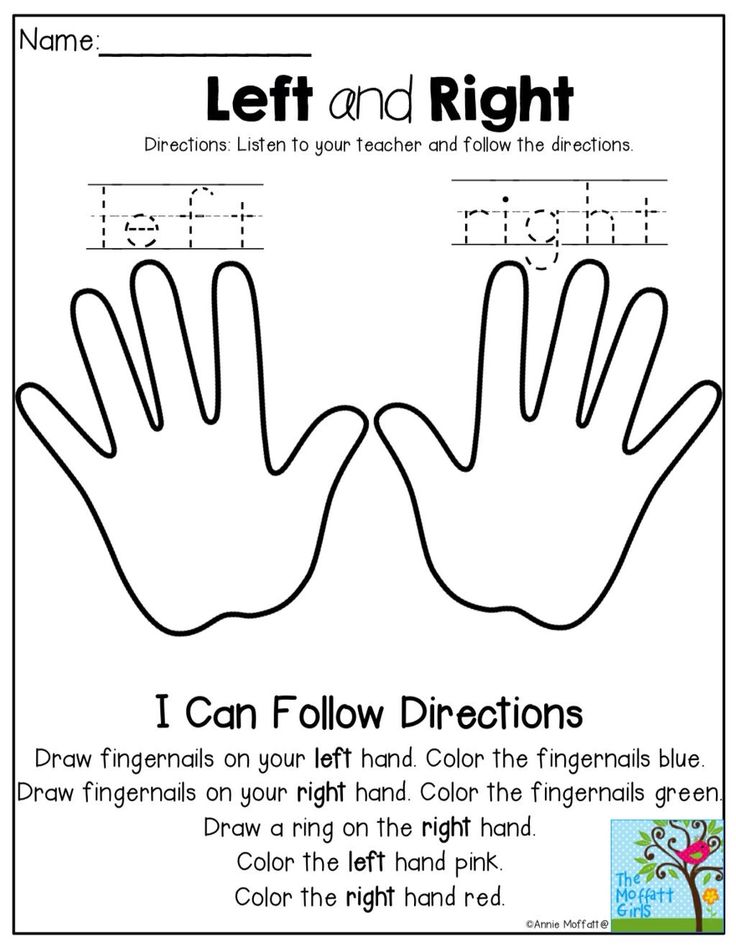 This will contribute in the future to a more conscious fulfillment of tasks and the rules of the game, as well as to the establishment of relationships in the process of joint actions. Observing children's activities, it is clear that not all children are equally active, mobile and independent, and most find it difficult to choose games, toys and benefits on their own. Such children require special attention throughout the walk. nine0003
This will contribute in the future to a more conscious fulfillment of tasks and the rules of the game, as well as to the establishment of relationships in the process of joint actions. Observing children's activities, it is clear that not all children are equally active, mobile and independent, and most find it difficult to choose games, toys and benefits on their own. Such children require special attention throughout the walk. nine0003
The most favorable time for fulfilling the needs of children in movement is a morning walk. In any case, a long stay of children in the open air is useful, but its health-improving and educational value increases if the course of the walk provides for physical activity based on the optimal ratio of different games and exercises, selected taking into account not only age, but also individual characteristics of children. The content side of the motor activity of children during walks should be aimed at their full psychophysical development. Such types of motor activity are used that help children get acquainted with the properties of objects, gain new ideas and knowledge about the surrounding reality, expand motor experience, improve spatial orientation and consolidate the ability to act together.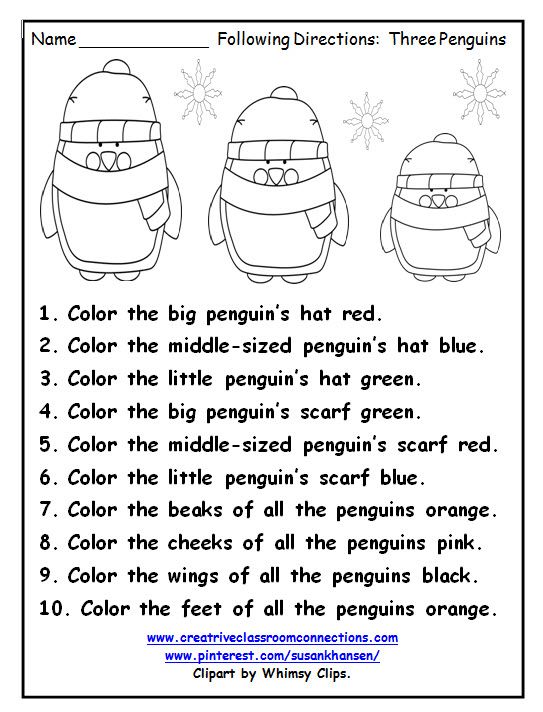 nine0003
nine0003
I pay special attention to story walks united by one theme, saturated with high physical activity:
"Journey"
Purpose:
arouse interest in traveling with the help of a map (scheme).
2. Realize the need for movement, while experiencing joy, pleasure.
3. To instill in children the desire to take care of birds. nine0003
Remote material: attributes for outdoor games (birds, cars, cat, traffic light, leaves, hoops, tambourine), map, bird food.
Progress of the walk:
At the exit of the kindergarten building, I show the children the map that I found in the group in the morning. Children speculate, who brought them the card? I hint to the pupils that perhaps this is a crow, which was observed on the last walk. The location of the surprise is indicated on the map, the map will help to get and find it, while the children must complete the tasks indicated on the map.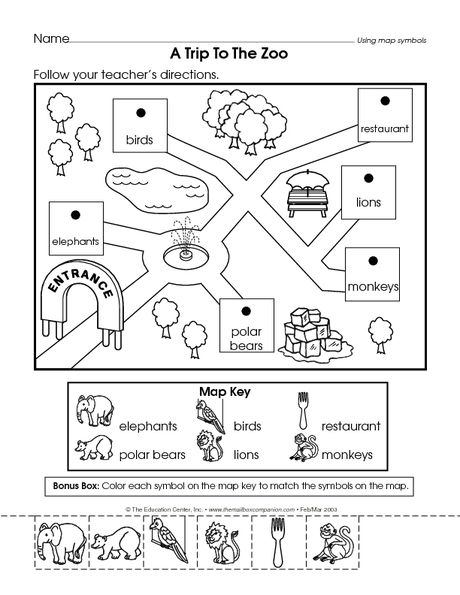 nine0003
nine0003
Following the directions (arrows on the map), children approach the sports area.
They find themselves on an "floe".
Mobile game "Penguins and the Bear".
Purpose: To teach children to act according to the rules, not to run out of the playground, to cultivate friendliness and attention to each other. Exercise in running and dodging, orientation in space.
Children walk one after another, imitating the gait of penguins:
“Penguins were walking along the path,
On a transparent thin ice floe,
Waddling, skipping.
And behind them is a white bear.”
Moderator: “We didn’t have time to see, suddenly a (child’s name) bear runs.” The host calls unexpectedly for everyone the name, everyone runs away, whoever is hurt, he leaves the game.
The next task is to determine the fastest sparrow.
Outdoor game "Among the white doves".
Purpose: To teach children to combine speech and movements, to act according to the rules, to evoke positive emotions.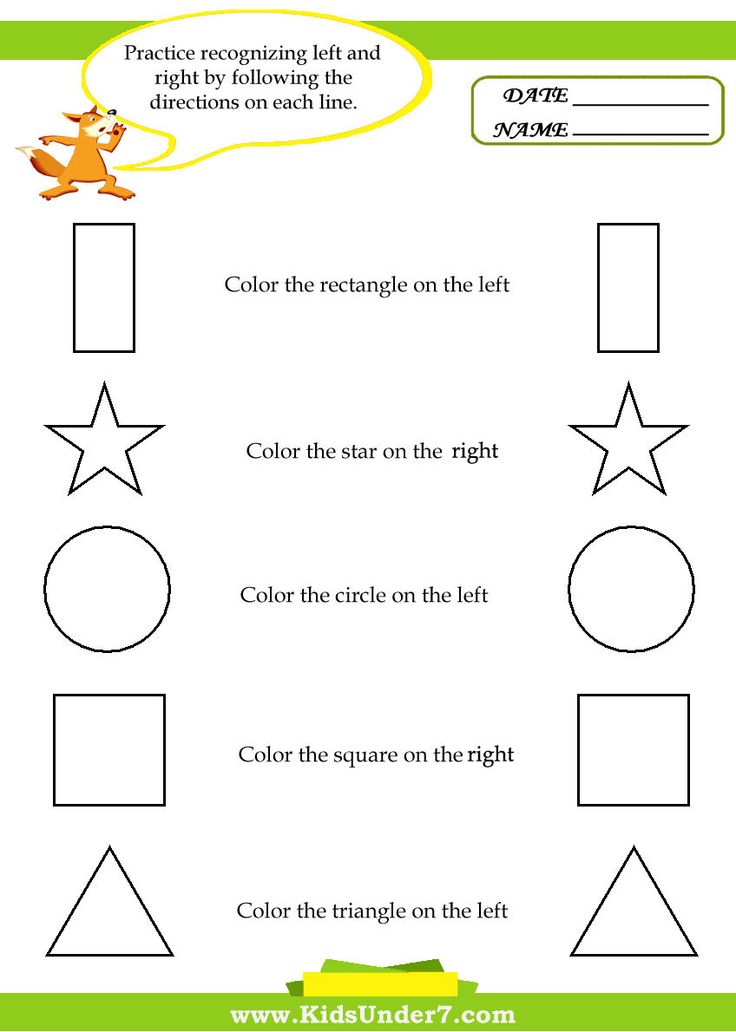 nine0003
nine0003
Children, holding hands, form a circle, a sparrow jumps in the middle.
Children walk in a circle, “teasing” a sparrow:
“Among the white doves, a gray sparrow jumps.
Sparrow bird, gray shirt 1, 2, 3 - run»
Stop, raise their hands. Sparrow is trying to fly out of the circle, the children, crouching, do not let him out.
Children go on a journey. They stop at the parking area.
Mobile game "Sparrows and cars". nine0008
Objective: Ability to act on a signal, move in a certain direction, work together, reinforce the rules of the road.
Part 1 of the game - “sparrows” and “cars” stand in two lines with their backs to each other and “sparrows” run away to the word “sparrows”, “cars” catch up with them, and vice versa.
Part 2 of the game - "sparrows" stand behind the "cars" and, according to the traffic lights, perform movements.
According to the directions on the map, the children go further on their journey.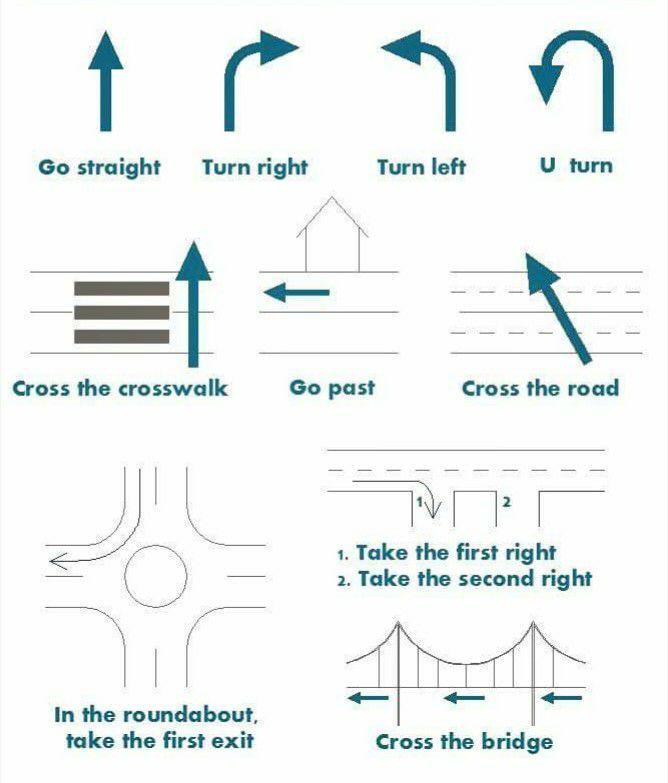 nine0003
nine0003
Two "cats" appear, overpowered by mice.
Mobile game "Mousetrap".
Goal: Continue to develop motor activity, evoke positive emotions, develop dexterity.
Two children hold hands, raise them, the rest of the children pass and say together the words “How we are tired of mice, we all gnawed, we all ate! We will set up a mousetrap and catch mice there!” Caught children become a mousetrap.
The next task is to choose the most dexterous bird. nine0003
Outdoor game "Cat and Birds".
Purpose: To develop orientation in space, to act only on a signal.
All children take their places in the houses (hoops).
The host says words with different intonations: “The birds are sitting in the houses, the birds want to fly out ...”, “the birds fly, peck grains, drink some water ...”. On the word "Cat" the birds fly into the houses, whoever did not have time becomes a cat.
The task is to find the most attentive and fastest couple.